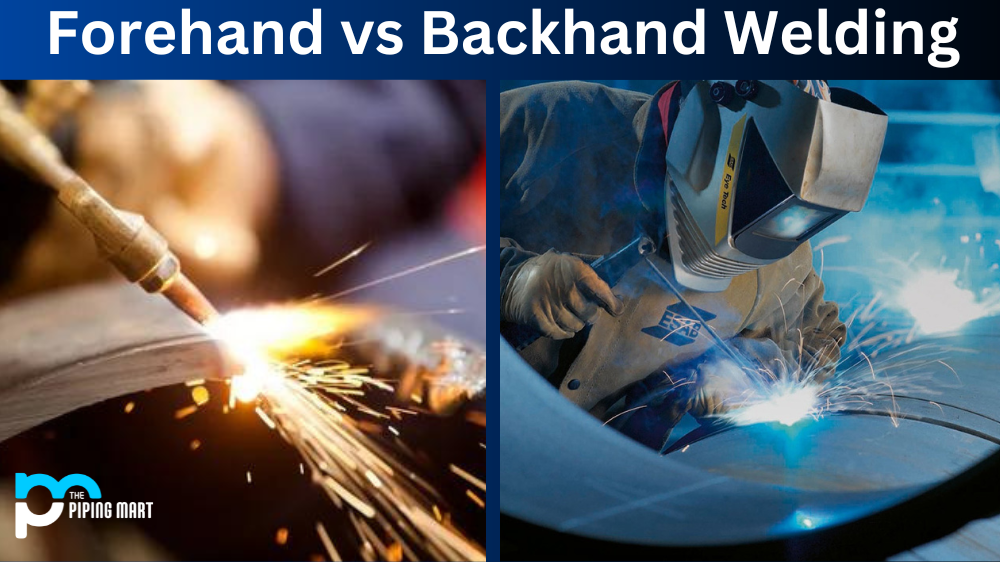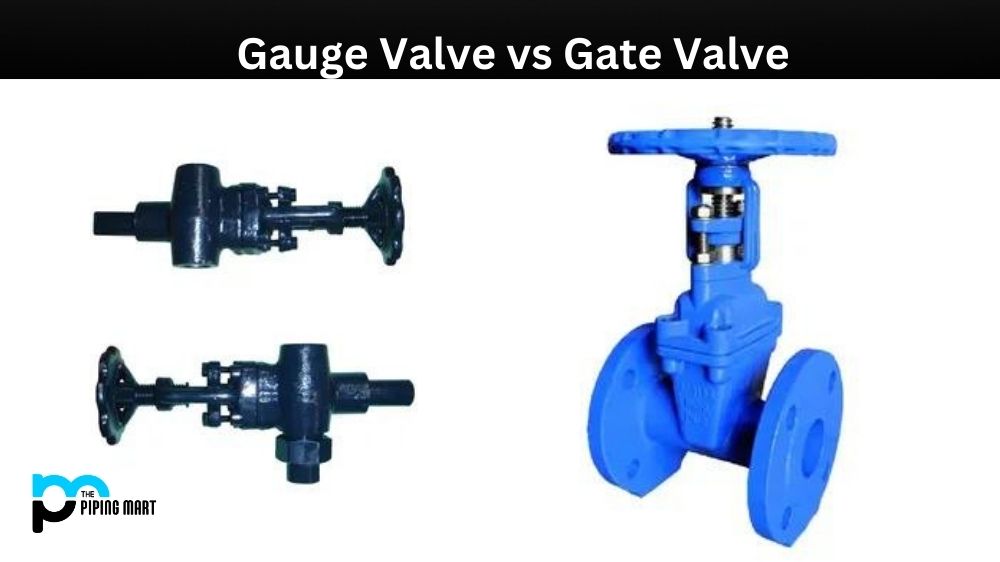For anyone who has ever wanted to learn how to weld, it is important to understand the different techniques involved in welding. Two common welding techniques are forehand and backhand welding. Each technique has advantages and disadvantages, so it’s important to know these before deciding which method is best for your welding project. Let’s look at the pros and cons of forehand and backhand welding.
Forehand Welding
Forehand welding is the most popular technique used by welders because it is the easiest to learn. This technique involves pointing the welding gun toward where the molten metal will flow while moving in a forward direction. Because this method allows you to see what you are doing as you weld, it is often viewed as less intimidating than backhand welding. Additionally, forehand welding requires less practice since it can be learned relatively quickly compared to other techniques.
However, there are some drawbacks associated with forehand welding. For instance, since you have limited visibility of what you are working on during this process, it can be difficult to achieve an even weld bead or a smooth finish when using this method. Additionally, since your hand will be starting closer to where the molten metal will flow, there is more potential for burns if you do not use proper safety equipment or follow proper safety procedures.
Backhand Welding
Backhand welding involves pointing the gun away from where the molten metal will flow while moving in a backward direction. This technique can provide a better view of what you are working on during the process since you have more visibility over where you have already applied your welds and where they need to go next. Additionally, since your hand will be further away from where the molten metal will flow during this process, there is less potential for burns if proper safety precautions are observed throughout the entire procedure.
However, one of the major drawbacks of backhand welding is that it takes more practice time than forehand welding due to its complexity; therefore, if time constraints apply, your project may have better options. Additionally, since this method requires greater control over how much heat is applied during each pass of your welds (so that they remain consistent throughout), many people find that their hands can become tired faster when using this technique compared to other methods, such as forehand welding.
Difference Between Forehand and Backhand Welding
Forehand Welding
Forehand welding is the most common type of welding and is performed by holding the torch in the right hand and moving it from left to right. The filler rod is also held in the right hand and is fed into the weld pool from the left. Forehand welding is typically used for welding in the flat or horizontal position.
Backhand Welding
Backhand welding is less common than forehand welding and is performed by holding the torch in the left hand and moving it from right to left. The filler rod is also held in the left hand and is fed into the weld pool from the right. Backhand welding is typically used for welding in the vertical or overhead position.
Advantages of Forehand Welding
One of the main advantages of forehand welding is that it provides good visibility of the weld pool, which makes it easier to control the weld bead. Additionally, forehand welding can be used for various weld joints, including butt, lap, and corner joints.
Advantages of Backhand Welding
One of the main advantages of backhand welding is that it can be used in difficult-to-reach places inaccessible to forehand welding. Additionally, backhand welding can be used for various weld joints, including butt, lap, and corner joints.
Disadvantages of Forehand Welding
One of the main disadvantages of forehand welding is that it can be more difficult to control the weld bead due to the reduced visibility of the weld pool. Additionally, forehand welding can only be used for certain weld joints, such as butt and lap joints.
Disadvantages of Backhand Welding
One of the main disadvantages of backhand welding is that it can be more difficult to control the weld bead due to the reduced visibility of the weld pool. Additionally, backhand welding can only be used for certain weld joints, such as butt and lap joints.
Conclusion:
Welding projects require careful consideration when choosing between techniques, such as forehand and backhand welding. While both methods have pros and cons depending on various factors like visibility or speed of application, it ultimately boils down to personal preference when deciding which method best suits your needs for any given project or job at hand! With proper knowledge and practice of both methods, safety considerations like protective gear usage are always considered no matter which technique is chosen – either choice should produce satisfactory results every time!

Meet Bhavesh, a seasoned blogger with a wealth of knowledge and experience. From metal products manufacturing to retail, Bhavesh has a diverse background in various industries and is dedicated to sharing his insights and expertise with readers.




